Growing Cilantro at Home can feel like a culinary quest, right? I know I’ve been there! You’re envisioning fresh, vibrant cilantro sprinkled over your tacos, adding that perfect zing to your salsa, or brightening up your favorite Asian dishes. But then, reality hits: your cilantro bolts before you can even harvest a decent handful, or it just refuses to thrive.
Cilantro, also known as coriander (the seeds!), has a rich history, dating back to ancient Egypt and even mentioned in the Bible. For centuries, cultures around the world have cherished it for its flavor and medicinal properties. But let’s be honest, even with its long and storied past, getting it to flourish in your backyard can be a real challenge!
That’s why I’m so excited to share these simple, yet effective, DIY tricks and hacks that will transform your cilantro-growing experience. Forget the frustration of constantly buying bunches at the grocery store that wilt before you can use them. With these tips, you’ll be growing cilantro at home like a pro, enjoying a continuous supply of fresh, flavorful leaves right at your fingertips. Imagine the satisfaction of snipping off exactly what you need, knowing it’s organic, and bursting with flavor. Let’s dive in and unlock the secrets to cilantro success!
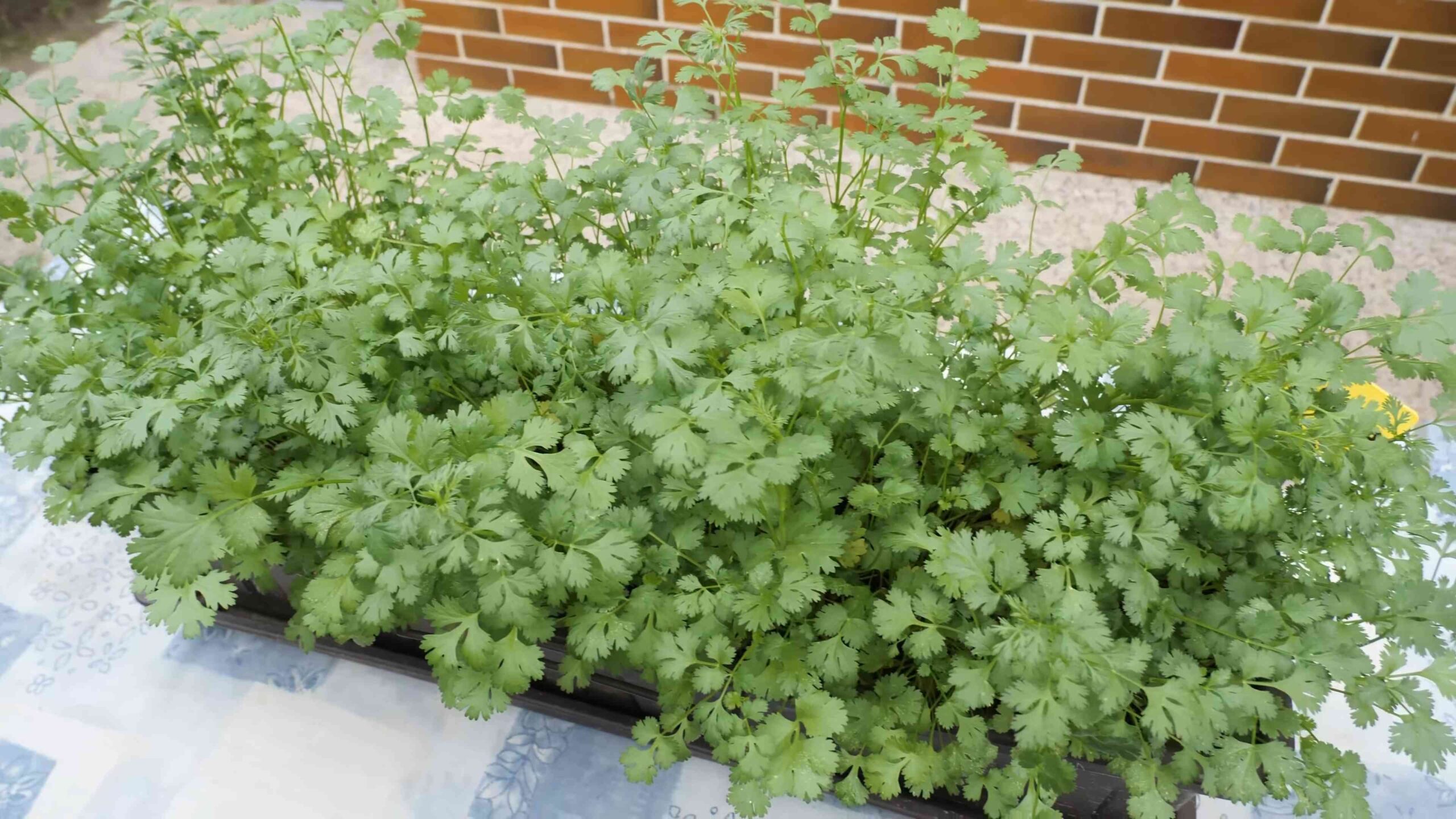
Growing Cilantro at Home: A Beginner’s Guide
Hey there, fellow plant enthusiasts! Ever find yourself constantly buying cilantro at the grocery store, only for it to wilt away in your fridge before you can use it all? I know I have! That’s why I decided to take matters into my own hands and start growing my own cilantro at home. And guess what? It’s way easier than you might think! This guide will walk you through everything you need to know to have a thriving cilantro patch right in your kitchen or garden.
What You’ll Need
Before we dive in, let’s gather our supplies. Here’s a list of everything you’ll need to successfully grow cilantro at home:
* Cilantro Seeds: You can find these at most garden centers or online. Make sure you’re getting seeds specifically for growing cilantro, not coriander (which is the seed itself).
* Potting Soil: Use a well-draining potting mix. Avoid using garden soil directly in containers, as it can compact and not drain properly.
* Container: Choose a pot that’s at least 6 inches deep and wide. Cilantro has a taproot, so it needs room to grow downwards.
* Watering Can or Spray Bottle: For gentle watering.
* Sunny Location: Cilantro needs at least 4-6 hours of sunlight per day. A south-facing window or a sunny spot in your garden is ideal.
* Optional: Seed Starting Tray: If you prefer to start your seeds indoors before transplanting.
* Optional: Fertilizer: A balanced liquid fertilizer can help boost growth, but it’s not essential.
Choosing the Right Time to Plant
Timing is key when it comes to growing cilantro. Cilantro is a cool-season herb, meaning it thrives in cooler temperatures and tends to bolt (go to seed) quickly in hot weather.
* Spring Planting: The best time to plant cilantro is in early spring, after the last frost.
* Fall Planting: You can also plant cilantro in the fall for a winter harvest in milder climates.
* Succession Planting: To ensure a continuous supply of cilantro, plant new seeds every 2-3 weeks. This will help you avoid having all your cilantro bolt at once.
Planting Your Cilantro Seeds
Now for the fun part – planting! Here’s how to get your cilantro seeds started:
1. Prepare Your Container: Fill your container with potting soil, leaving about an inch of space at the top. Gently pat down the soil to create a firm surface.
2. Sow the Seeds: Sprinkle the cilantro seeds evenly over the surface of the soil. You can also plant them in rows if you prefer. Aim for about 1/2 inch spacing between seeds.
3. Cover the Seeds: Lightly cover the seeds with a thin layer of soil (about 1/4 inch).
4. Water Gently: Use a watering can or spray bottle to gently water the soil. Make sure the soil is moist but not waterlogged.
5. Provide Sunlight: Place your container in a sunny location where it will receive at least 4-6 hours of sunlight per day.
6. Keep the Soil Moist: Keep the soil consistently moist until the seeds germinate. This usually takes about 7-10 days.
Starting Seeds Indoors (Optional)
If you live in an area with a short growing season or want to get a head start, you can start your cilantro seeds indoors.
1. Prepare Seed Starting Tray: Fill a seed starting tray with seed starting mix.
2. Sow the Seeds: Plant 2-3 seeds per cell, about 1/4 inch deep.
3. Water Gently: Water the tray gently and cover it with a clear plastic dome or plastic wrap to create a humid environment.
4. Provide Light: Place the tray under a grow light or in a sunny window.
5. Transplant Seedlings: Once the seedlings have developed a few sets of true leaves, you can transplant them into larger containers or directly into your garden.
Caring for Your Cilantro Plants
Once your cilantro seeds have germinated, it’s important to provide them with the right care to ensure they thrive.
1. Watering: Water your cilantro plants regularly, especially during hot weather. The soil should be consistently moist but not waterlogged. Check the soil moisture by sticking your finger into the soil. If the top inch feels dry, it’s time to water.
2. Sunlight: Cilantro needs at least 4-6 hours of sunlight per day. If you’re growing cilantro indoors, make sure it’s placed in a sunny window or under a grow light.
3. Fertilizing (Optional): If you want to give your cilantro plants a boost, you can fertilize them every 2-3 weeks with a balanced liquid fertilizer. Follow the instructions on the fertilizer label.
4. Pinching Back: Pinching back the stems of your cilantro plants will encourage them to grow bushier and produce more leaves. Simply snip off the top inch or two of the stems with your fingers or scissors.
5. Preventing Bolting: Bolting is when cilantro plants start to produce flowers and seeds. This usually happens when the weather gets too hot. To prevent bolting, try to keep your cilantro plants cool and well-watered. You can also provide them with some shade during the hottest part of the day.
6. Dealing with Pests and Diseases: Cilantro is generally pest-resistant, but it can sometimes be affected by aphids or spider mites. If you notice any pests, you can try spraying them off with a strong stream of water or using an insecticidal soap. Cilantro can also be susceptible to fungal diseases, especially in humid conditions. To prevent fungal diseases, make sure your plants have good air circulation and avoid overwatering.
Harvesting Your Cilantro
The best part of growing your own cilantro is, of course, harvesting it!
1. When to Harvest: You can start harvesting cilantro leaves when the plants are about 6-8 inches tall.
2. How to Harvest: Use scissors or your fingers to snip off the outer leaves of the plant. Avoid cutting the entire plant at once, as this will prevent it from growing back.
3. Harvesting Seeds (Coriander): If you want to harvest coriander seeds, allow your cilantro plants to bolt and produce flowers. Once the flowers have dried and the seeds have turned brown, you can harvest them. Simply cut off the seed heads and allow them to dry completely. Then, you can thresh the seeds by rubbing them between your hands or using a sieve.
Troubleshooting Common Cilantro Problems
Even with the best care, you might encounter some problems while growing cilantro. Here are some common issues and how to fix them:
* Yellowing Leaves: This could be a sign of overwatering, underwatering, or nutrient deficiency. Check the soil moisture and adjust your watering accordingly. If the soil is consistently moist, you may be overwatering. If the soil is dry, you may be underwatering. You can also try fertilizing your plants with a balanced liquid fertilizer.
* Bolting: As mentioned earlier, bolting is when cilantro plants start to produce flowers and seeds. This is usually caused by hot weather. To prevent bolting, try to keep your cilantro plants cool and well-watered. You can also provide them with some shade during the hottest part of the day. If your cilantro plants do bolt, you can still harvest the leaves, but they may have a slightly bitter taste. You can also harvest the coriander seeds.
* Leggy Growth: Leggy growth is when cilantro plants become tall and spindly with few leaves. This is usually caused by insufficient sunlight. Make sure your cilantro plants are getting at least 4-6 hours of sunlight per day. If you’re growing cilantro indoors, you may need to supplement with a grow light.
* Slow Growth: Slow growth can be caused by a variety of factors, including poor soil, insufficient sunlight, or nutrient deficiency. Make sure you’re using a well-draining potting mix and that your plants are getting enough sunlight. You can also try fertilizing your plants with a balanced liquid fertilizer.
Tips for a Bountiful Harvest
Here are a few extra tips to help you get the most out of your cilantro plants:
* Choose the Right Variety: Some cilantro varieties are more bolt-resistant than others. Look for varieties like ‘Slow Bolt’ or ‘Santo’ if you live in a warm climate.
* Provide Afternoon Shade: If you live in a hot climate, providing your cilantro plants with some afternoon shade can help prevent bolting.
* Water Deeply: When you water your cilantro plants, water deeply so that the water reaches the roots. This will encourage them to grow stronger and more resilient.
* Mulch Around Plants: Mulching around your cilantro plants can help retain moisture in the soil and suppress weeds.
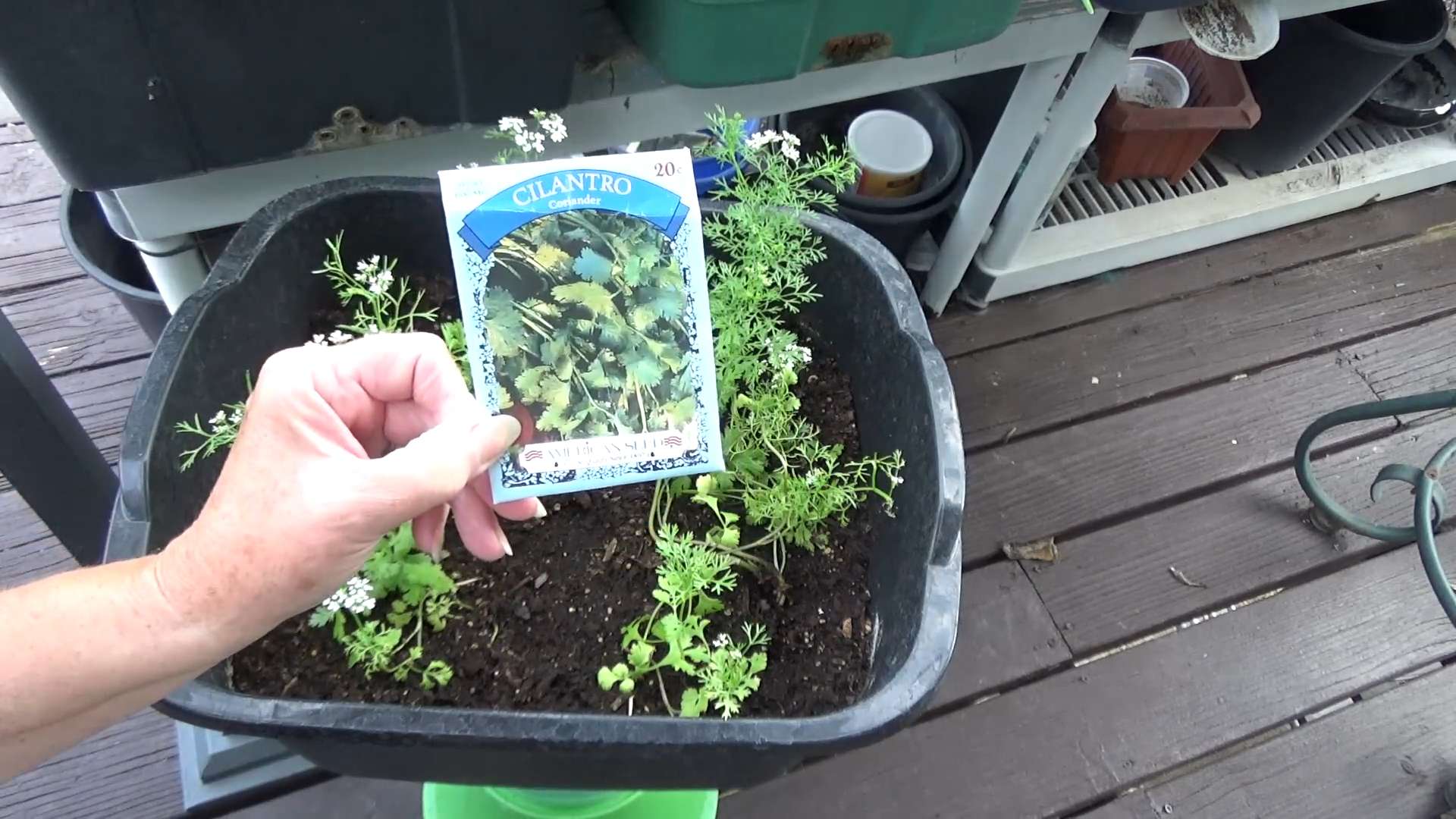
Conclusion
So, there you have it! Growing cilantro at home is not only achievable, but it’s also a game-changer for anyone who loves fresh, vibrant flavors in their cooking. Forget those sad, wilted bunches from the grocery store that cost a fortune and seem to turn yellow the moment you get them home. With a little effort and the right approach, you can have a constant supply of this essential herb right at your fingertips.
Why is this DIY trick a must-try? Because it empowers you to control the quality and freshness of your cilantro. You’ll be amazed at the difference in taste between homegrown and store-bought. Plus, it’s incredibly satisfying to nurture a plant from seed to harvest. Imagine the pride you’ll feel when you sprinkle your own freshly grown cilantro on tacos, salads, soups, or any dish that needs a burst of zesty flavor.
But the benefits don’t stop there. Growing your own cilantro is also more economical in the long run. Think about how much you spend on cilantro each month. Over time, those costs add up. With a one-time investment in seeds, soil, and a pot, you can enjoy a continuous harvest for months, saving you money and reducing food waste.
Looking for variations? Consider these ideas to personalize your cilantro-growing experience:
* **Succession Planting:** Plant new seeds every few weeks to ensure a continuous supply of cilantro throughout the growing season. This is especially important because cilantro tends to bolt (go to seed) quickly in hot weather.
* **Container Gardening:** If you’re short on space, container gardening is the perfect solution. Choose a pot that’s at least 6 inches deep and wide to give your cilantro roots plenty of room to grow.
* **Hydroponics:** For a more advanced approach, try growing cilantro hydroponically. This method involves growing plants without soil, using nutrient-rich water solutions.
* **Different Varieties:** Explore different varieties of cilantro, such as ‘Slow Bolt’ or ‘Santo,’ which are known for their resistance to bolting.
* **Companion Planting:** Plant cilantro alongside other herbs and vegetables that benefit from its presence. Cilantro is said to repel certain pests, making it a great companion for tomatoes, peppers, and carrots.
We wholeheartedly encourage you to give this DIY trick a try. It’s easier than you might think, and the rewards are well worth the effort. Once you’ve experienced the joy of harvesting your own fresh cilantro, you’ll never go back to buying it from the store.
Don’t be afraid to experiment and find what works best for you. Every gardener has their own unique style and approach. The most important thing is to have fun and enjoy the process.
And finally, we’d love to hear about your experience growing cilantro at home! Share your tips, tricks, and photos in the comments below. Let’s create a community of cilantro enthusiasts and inspire others to embrace the joys of homegrown herbs. Your insights could be invaluable to someone just starting out. Let’s all learn and grow together!
Frequently Asked Questions (FAQ)
What is the best time of year to plant cilantro?
Cilantro thrives in cooler temperatures, so the best time to plant it is in early spring or fall. Avoid planting during the hottest months of summer, as high temperatures can cause cilantro to bolt (go to seed) prematurely. If you live in a region with mild winters, you may be able to grow cilantro year-round.
How much sunlight does cilantro need?
Cilantro needs at least 6 hours of sunlight per day. However, in hot climates, it’s best to provide some afternoon shade to prevent bolting. If you’re growing cilantro indoors, place it near a sunny window or use a grow light.
What type of soil is best for growing cilantro?
Cilantro prefers well-draining soil that is rich in organic matter. A good potting mix or garden soil amended with compost will provide the nutrients and drainage that cilantro needs to thrive. Avoid heavy clay soils, as they can retain too much moisture and lead to root rot.
How often should I water cilantro?
Cilantro needs consistent moisture to grow well. Water regularly, especially during hot, dry weather. The soil should be kept moist but not soggy. Avoid overwatering, as this can lead to root rot. A good rule of thumb is to water when the top inch of soil feels dry to the touch.
How do I prevent cilantro from bolting?
Bolting is a common problem with cilantro, especially in hot weather. To prevent bolting, try these tips:
* Plant cilantro in early spring or fall.
* Provide afternoon shade.
* Water regularly.
* Choose bolt-resistant varieties.
* Harvest leaves frequently.
* Consider succession planting.
When should I harvest cilantro?
You can start harvesting cilantro leaves as soon as the plant is a few inches tall. Harvest leaves from the outer edges of the plant, leaving the inner leaves to continue growing. Regular harvesting will encourage the plant to produce more leaves and delay bolting.
Can I eat cilantro flowers?
Yes, cilantro flowers are edible and have a mild, slightly sweet flavor. They can be used as a garnish or added to salads. However, once the plant flowers, the leaves will become more bitter.
What can I do with cilantro seeds (coriander)?
Cilantro seeds, also known as coriander, are a popular spice used in many cuisines. You can harvest the seeds once they turn brown and dry. To harvest, cut the entire plant and hang it upside down in a paper bag. As the seeds dry, they will fall into the bag. Store the seeds in an airtight container in a cool, dry place.
My cilantro is turning yellow. What’s wrong?
Yellowing cilantro leaves can be caused by several factors, including:
* Overwatering or underwatering
* Nutrient deficiencies
* Pests or diseases
* Bolting
Check the soil moisture and adjust your watering accordingly. Fertilize with a balanced fertilizer to provide essential nutrients. Inspect the plant for pests or diseases and take appropriate action. If the plant is bolting, harvest the remaining leaves and consider planting new seeds.
Can I grow cilantro indoors?
Yes, you can grow cilantro indoors, but it requires adequate sunlight or a grow light. Place the plant near a sunny window that receives at least 6 hours of sunlight per day. If you don’t have enough natural light, use a grow light to supplement. Water regularly and fertilize as needed.
Is cilantro easy to grow from seed?
Yes, cilantro is relatively easy to grow from seed. Simply sow the seeds directly into the soil or start them indoors a few weeks before the last frost. Keep the soil moist and provide adequate sunlight. Cilantro seeds typically germinate within 7-10 days.
What are some common pests and diseases that affect cilantro?
Cilantro is generally resistant to pests and diseases, but it can be affected by aphids, spider mites, and fungal diseases. Inspect the plant regularly and take action if you notice any problems. Use insecticidal soap or neem oil to control pests. Ensure good air circulation to prevent fungal diseases.


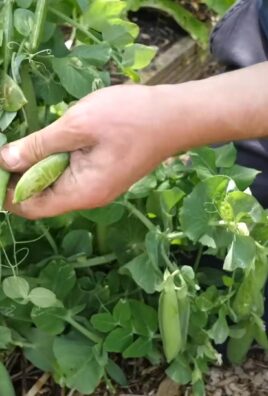
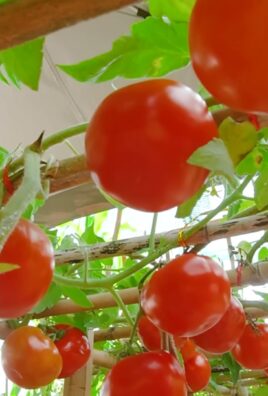
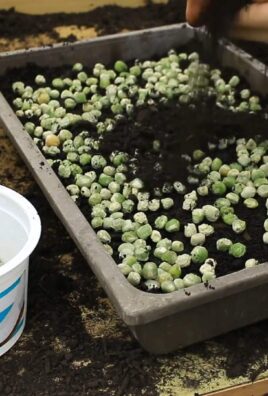
Leave a Comment